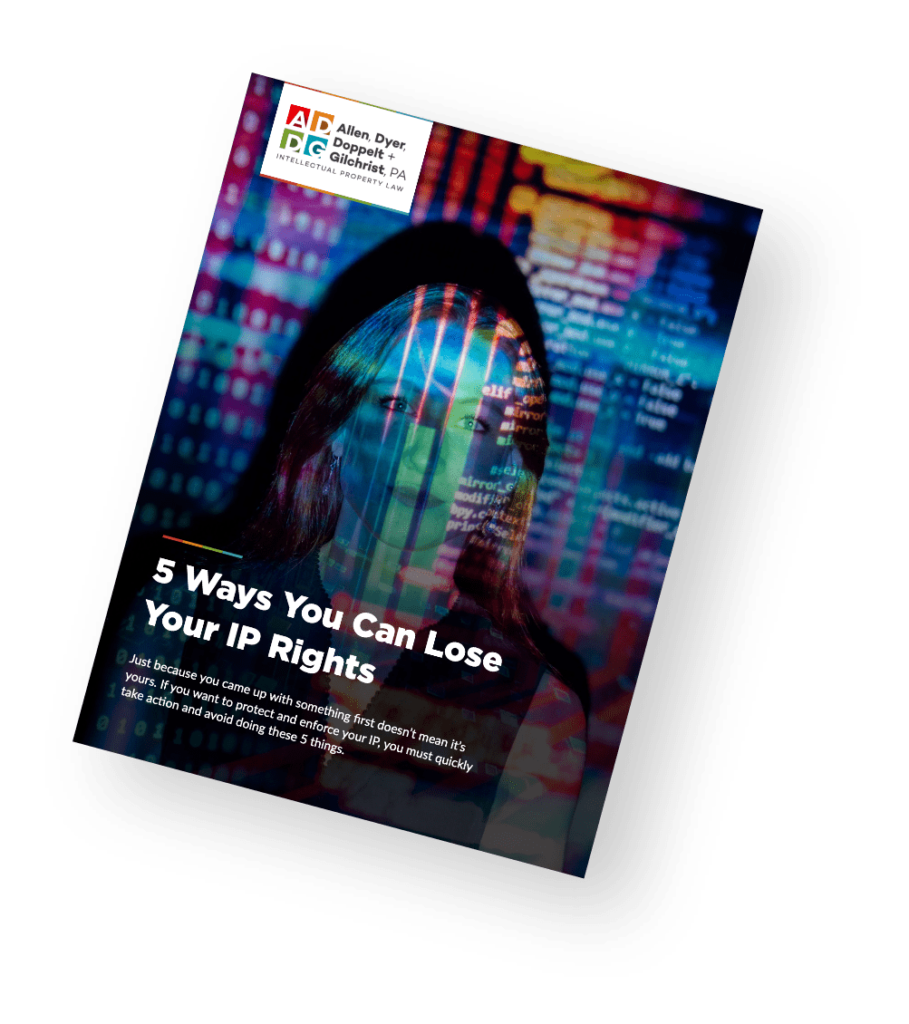When applying for a patent with the United States Patent and Trademark Office (USPTO), companies and individuals may be able to substantially reduce their patent fees if the applicant qualifies as a “small entity” or a “micro entity” under USPTO guidelines. Knowing which type of patent application to file based on your entity status will help determine if you are eligible for reduced fees.
Cost Estimates: Small vs. Large Entity vs Micro Entity
Standard USPTO fees will apply to any applicant considered to be a large entity, but are significantly lower for small and micro entities. Thanks to the “Unleashing American Innovators Act,” signed into law on 12/29/2022, small entity discounts were increased from 50 percent to 60 percent, and micro entity discounts from 75 percent to 80 percent. Even better, small and micro entities which paid the old patent fees on 12/29/22 will receive a refund on the difference between the new and old rates.
As an example, let’s take the basic filing fee for a utility patent, which is currently set at:
- $320 for large entities
- $128 for small entities
- $64 for micro entities
As you can see, the savings for small entity status or micro entity status when applying for a patent are significant. This is particularly so when you consider that an applicant pays additional government fees in addition to the basic filing fee, including a search fee, examination fee, and issue fee, and in some cases extension or time or request for continued examination fees are necessary. And once a patent is issued, patent maintenance fees have to be paid to keep the patent in force. All of these fees are tiered based upon the applicant’s entity status.
What is a Large Entity?
There are specific requirements to qualify for small or micro entity status, and any patent applicant who does not meet those requirements will be considered to have large entity status for the purpose of patent filing and maintenance fees.
What is a Small Entity?
To qualify for small entity status, an applicant must:
- Be a nonprofit organization, OR
- Not have, together with all affiliates, 500 or more employees, AND
- Not have assigned, licensed, or otherwise conveyed an interest in the invention specified in the patent to a non-small entity
Crucially, the Small Business Administration has published guidelines defining “employees” and “affiliates.” If you believe that you qualify for small entity status, make sure you consult these guidelines before applying.
What is a Micro Entity?
Micro entities tend to be individuals, groups of individuals applying collectively for a patent, or very small companies with limited income. A micro entity:
- Is not named as inventor on more than 4 previous patent applications, not including applications assigned to a prior employer
- reported gross income less than 3 times the accepted U.S. median household income for the preceding calendar year, based on previous year data
- For example, estimated median household income for 2020 was $67,521, so the income limit to qualify for micro entity status in 2021 would have been $202,563
- Has not assigned, licensed, or otherwise granted an interest in the patented invention to any entity with gross income higher than the above-stated limit
- UNLESS the entity being granted interest is an institution of higher education
- Also meets the same requirements for small entity status
Case-By-Case Determination: Same Applicant Can Be Both Small And Large
Individuals and organizations sometimes hold a variety of patents under different entity status qualifications, depending on who is named in the patent application. There are a wide variety of scenarios in which this could be true, but here is one example.
An individual holds a patent as a micro entity, with no interest in the patent assigned to any other entity, and is also named in a separate patent application for the company he works for, which only qualifies for small entity status. In that case, the individual’s micro entity patent and the company’s small entity patent would be equally valid.
The USPTO will make a case-by-case determination on entity status for each patent application, and it is the applicant’s responsibility to submit the correct type of patent application. If entity status changes during the application process or following the approval and issuance of the patent, the applicant or patent holder must report the change and pay the appropriate application or maintenance fees.
What About A Nonprofit Organization?
Nonprofit organizations automatically qualify for small entity status, UNLESS they have assigned, licensed, or conveyed an interest in the patent in question to a non-small entity. Institutions of higher learning are included as nonprofit organizations for the purpose of patent applications and assignments.
What If You Underpay?
Penalties can be steep for applicants mis-declaring entity status without any good faith basis for doing so, and courts have gone so far as to invalidate patents in question for this reason. However, if entity status changes or the wrong status was applied for by mistake, this can easily be corrected by paying the correct fee amounts, and certifying that there was no deceptive intent with the incorrect application.
Need help with your patent application? Contact Our Law Firm
Our knowledgeable and certified patent and trademark attorneys at ADD+G have the experience you need to make a correct determination of your entity status for any patent application, and to assist you with any stage of the application process. Contact us today to find out how we can help!
About the Author
John Woodson is a Registered Patent Attorney who practices in the area of patent prosecution, patent infringement studies, and client counseling.

Share This




